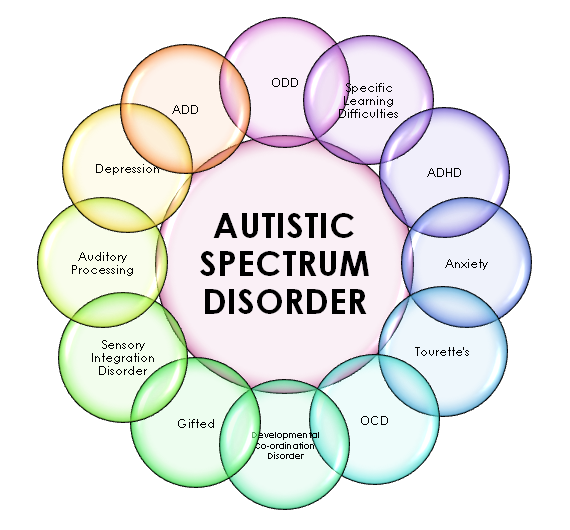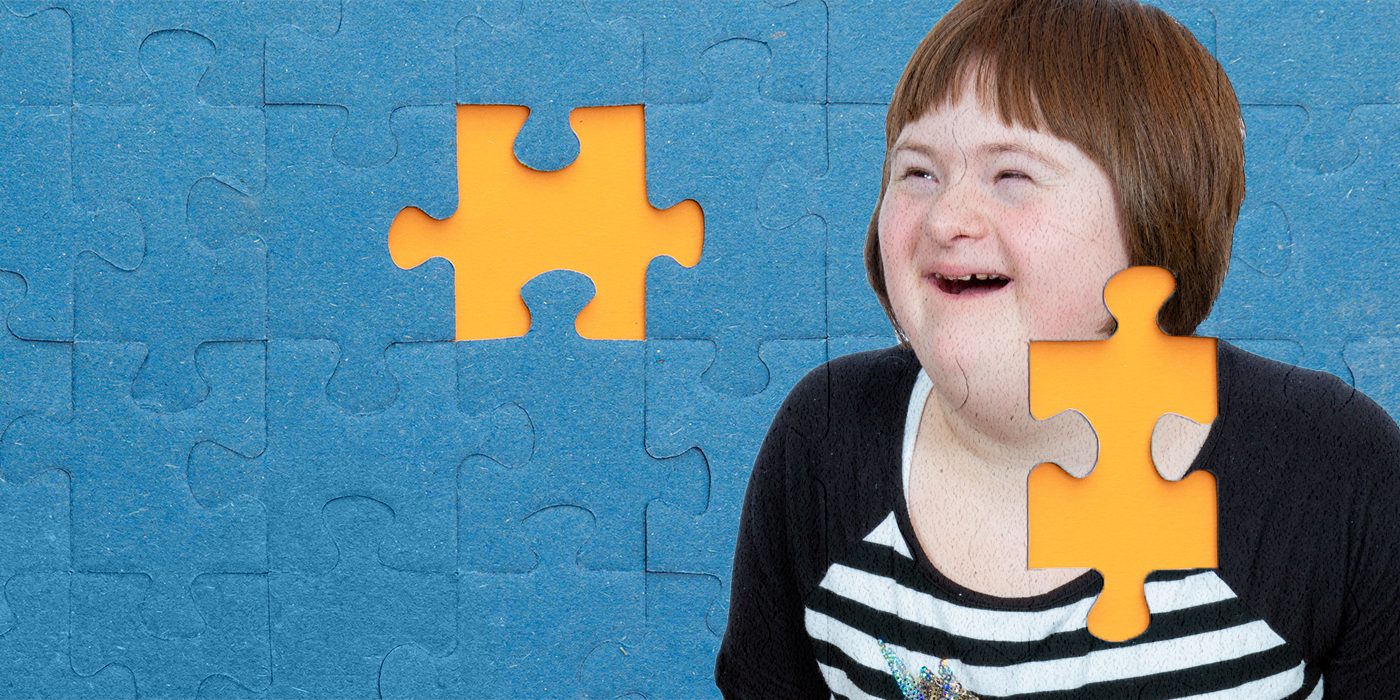Innovative Treatments and Therapies: Advances in Autism Research
Innovative Treatments and Therapies: Advances in Autism Research
Blog Article
Exploring Autism: Methods for Reliable Communication and Interaction
Reliable interaction and interaction with people on the autism spectrum demand an extensive understanding of their distinct needs and choices. The ins and outs of these techniques expose more factors to consider that merit expedition, especially in how they can be adjusted to diverse contexts and individual experiences.
Comprehending Autism Range Disorder
Autism Range Problem (ASD) encompasses a variety of neurodevelopmental conditions defined by obstacles in social interaction, interaction, and repetitive actions. The term "spectrum" mirrors the diverse symptoms and varying degrees of extent experienced by individuals with ASD. While some might show considerable impairments, others may present high-functioning attributes, enabling for better self-reliance in life.
The onset of ASD generally takes place in early youth, with indicators commonly identifiable by age 2. Very early indicators may consist of postponed speech growth, restricted eye call, and troubles in understanding social hints. Although the precise etiology of ASD stays uncertain, research study recommends a mix of environmental and hereditary factors plays a vital role in its advancement.
As an outcome, treatments and assistance customized to individual demands are essential for cultivating communication and social skills. Acknowledging the intricacy of ASD is crucial for advertising recognition, approval, and efficient strategies that assist in significant interactions with people on the spectrum.

Relevance of Clear Communication
Efficient communication is essential for cultivating understanding and link, especially for individuals with Autism Range Condition (ASD) Clear communication not only facilitates social communications yet likewise enhances the person's capability to reveal their ideas, requirements, and emotions. For people with ASD, the subtleties of language can typically be challenging; consequently, utilizing straightforward and distinct language is vital.
Furthermore, clear interaction helps in reducing aggravation and anxiousness that may arise from misconceptions. When messages are conveyed in a constant and direct manner, individuals with ASD are better geared up to analyze info precisely, which can substantially improve their social interaction and involvement in numerous setups.
Developing routines and making use of visual assistances can further reinforce clear interaction. These techniques give people with predictable frameworks that help comprehension and retention of info. In addition, actively paying attention and being individual during communications promotes a helpful setting where individuals with ASD feel valued and comprehended.
Inevitably, prioritizing clear interaction not only empowers individuals with ASD however also promotes even more purposeful links with their peers, caregivers, and the larger neighborhood, leading the means for collective connections and comprehensive communications. - autism
Non-Verbal Interaction Methods
Interaction expands beyond words, and for individuals with Autism Spectrum Disorder (ASD), non-verbal hints play a significant role in communications. Non-verbal communication techniques can include facial expressions, gestures, body language, and eye contact, all of which offer as essential parts for sharing intentions and feelings.
Understanding and translating these non-verbal signals can improve communications with individuals with ASD. A cozy smile or open stance can produce a welcoming atmosphere, encouraging interaction. Making use of aesthetic aids-- such as image cards or symbols-- can bridge communication spaces and help share messages extra successfully.
It is likewise important to be conscious of individual area, as individuals with ASD might have different convenience levels concerning proximity. Observing their responses to physical closeness can educate proper adjustments.

Creating Supportive Settings
Developing a helpful atmosphere is critical for promoting positive interactions and boosting the health of people with Autism Spectrum Problem (ASD) Such atmospheres can considerably lower stress and anxiety and produce a feeling of safety and security, permitting people to express themselves extra easily.
To achieve this, it is important to consider sensory level of sensitivities that individuals with ASD may experience. Modifying the physical room to include soft illumination, minimal background sound, and comfortable seating can develop a calming atmosphere. In addition, using constant regimens and clear visual anchor routines can aid individuals prepare for transitions and minimize unpredictability, additional advertising comfort.
Social areas should be structured to reduce frustrating stimuli while offering possibilities for interaction in preferred activities. Helping with locations marked for quiet time can additionally function as a haven throughout minutes of stress and anxiety. Importantly, integrating elements of selection empowers people, allowing them to exercise agency in their setting.

Urging Social Communications
Fostering social communications amongst people with Autism Range Disorder (ASD) calls for intentional approaches that focus on convenience and engagement. Developing predictable routines can help in reducing anxiety, making social settings extra friendly. Developing structured atmospheres with specified duties and roles enables individuals to involve without the frustrating pressure of unstructured social characteristics.
Including rate of interests and toughness right into social activities can function as a catalyst for communication. As an example, organizing team tasks around shared leisure activities or topics of fascination can facilitate all-natural discussions and links. Additionally, using aesthetic assistances, such as social manuscripts or photographic timetables, can assist in comprehending social signs and assumptions.
Designing ideal social behaviors is more essential - autism. Grownups and peers need to demonstrate effective communication techniques, consisting of energetic listening and turn-taking. Role-playing scenarios can also provide a safe space for individuals to exercise these abilities
Last but not least, cultivating peer connections with comprehensive methods is important. Motivating comprehensive playdates here are the findings or group outings can create opportunities for socialization in a comfy setup. By carrying out these caregivers, instructors and methods can significantly boost social communications for individuals with ASD, promoting their general social advancement and well-being.
Verdict
In final thought, effective interaction and interaction methods are necessary for supporting people with Autism Spectrum Problem. Emphasizing clear language, including non-verbal hints, and establishing predictable routines significantly improve involvement and reduce anxiety. Producing encouraging environments promotes secure social interactions, while motivating shared passions assists in meaningful links. Eventually, these approaches empower individuals with autism to browse social landscapes, promoting their general health and enabling the advancement of long-term relationships.
Reliable interaction and communication with people on the autism range demand an extensive understanding of their special requirements and choices. Clear interaction not just assists in social communications yet additionally boosts the person's capacity to share their ideas, feelings, and demands.Cultivating social communications among individuals with Autism Spectrum Disorder (ASD) calls for willful approaches that prioritize comfort and engagement. By implementing these caretakers, instructors and strategies can considerably improve social interactions for individuals with ASD, advertising their overall social development and wellness.
In verdict, effective communication and communication techniques are necessary for supporting people with Autism Spectrum Problem.
Report this page